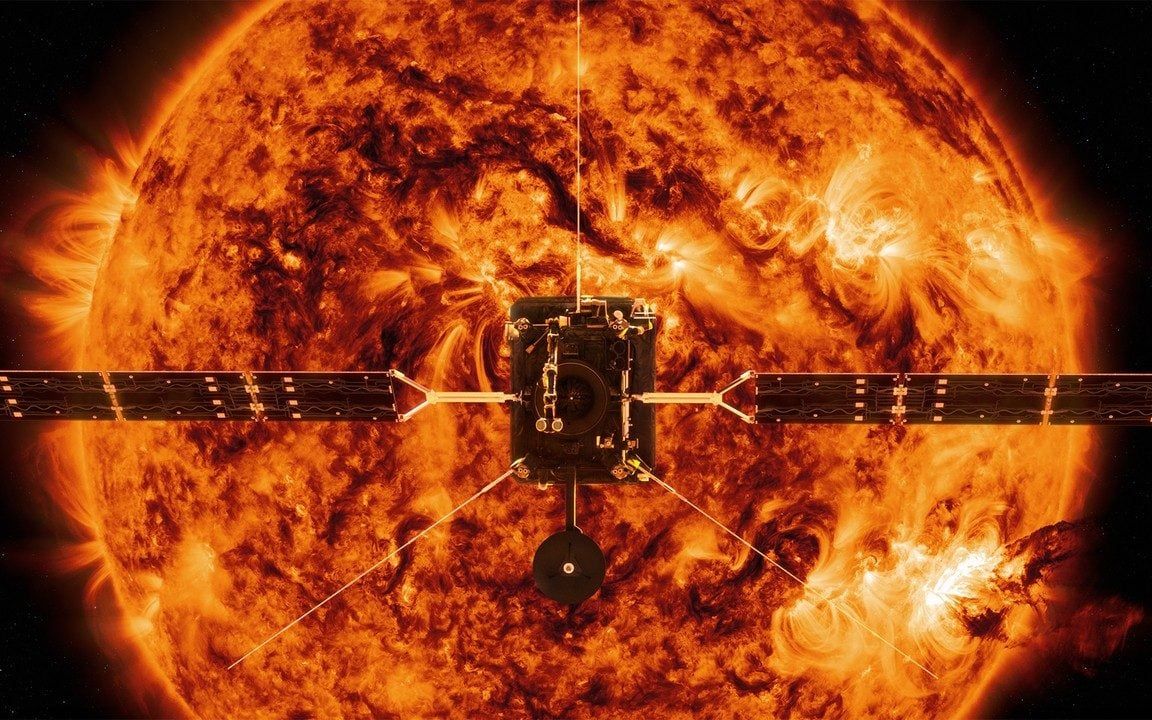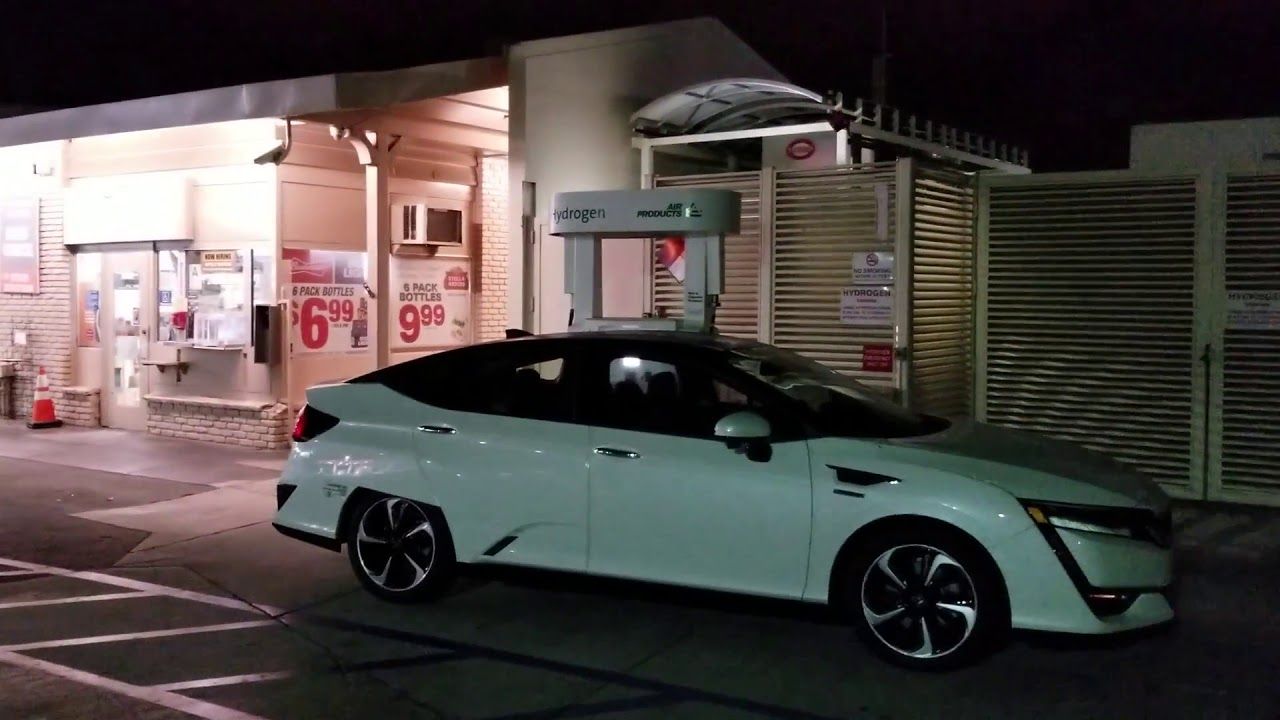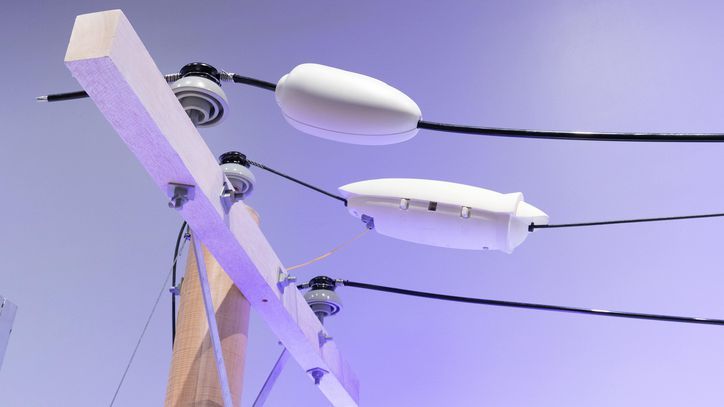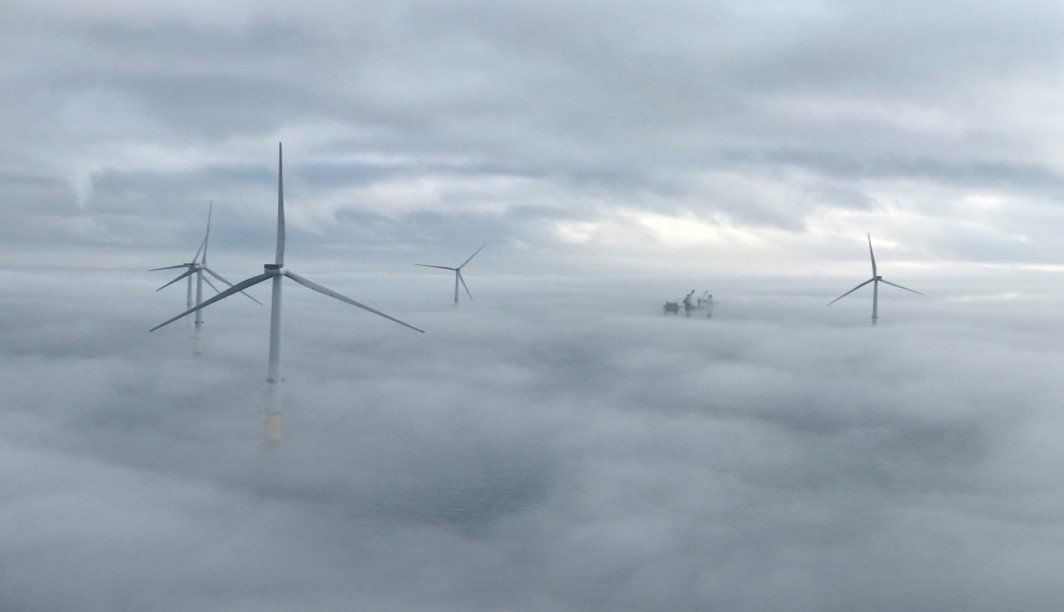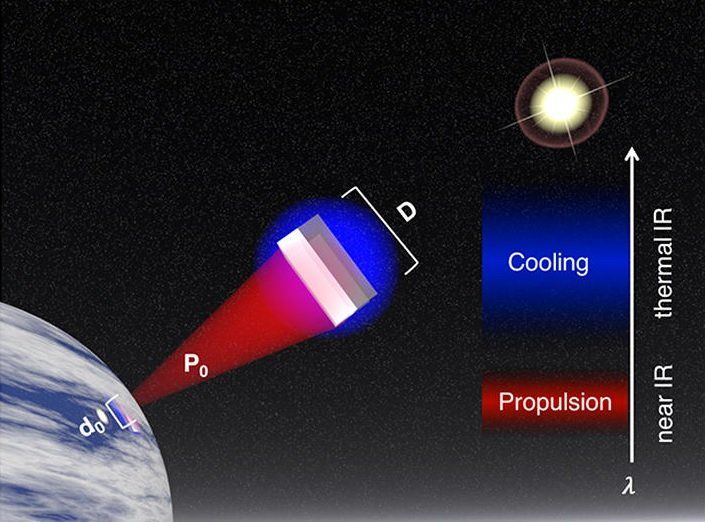
Engineers at the University of Maryland have created a thin battery, made of a few million carefully constructed “microbatteries” in a square inch. Each microbattery is shaped like a very tall, round room, providing much surface area – like wall space – on which nano-thin battery layers are assembled. The thin layers together with large surface area produces very high power along with high energy. It is dubbed a “3D battery” because each microbattery has a distinctly 3D shape.
These 3D batteries push conventional planar thin-film solid state batteries into a third dimension. Planar batteries are a single stack of flat layers serving the roles of anode, electrolyte, cathode and current collectors.
But to make the 3D batteries, the researchers drilled narrow holes are formed in silicon, no wider than a strand of spider silk but many times deeper. The battery materials were coated on the interior walls of the deep holes. The increased wall surface of the 3D microbatteries provides increased energy, while the thinness of the layers dramatically increases the power that can be delivered. The process is a little more complicated and expensive than its flat counterpart, but leads to more energy and higher power in the same footprint.
Read more



